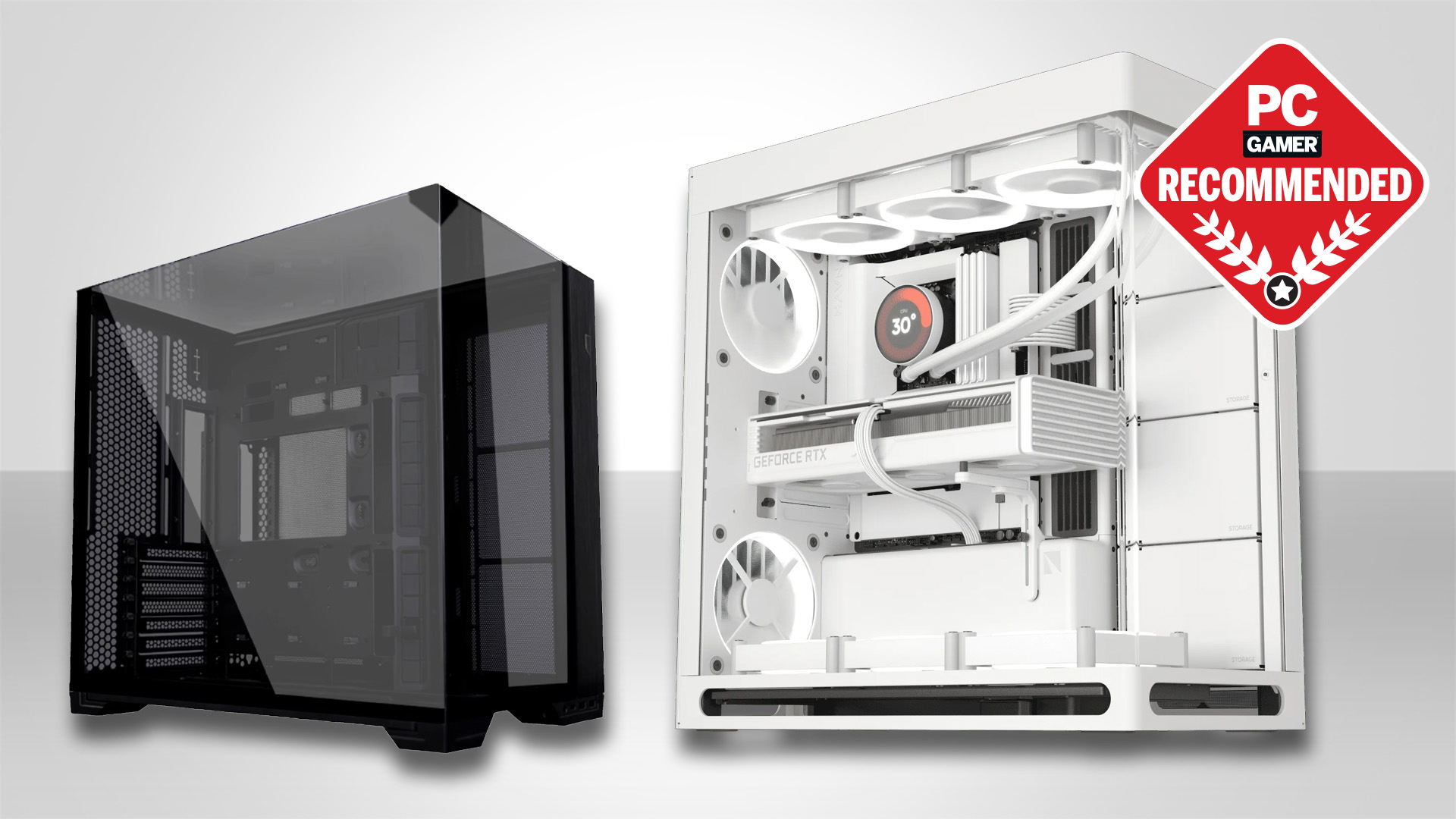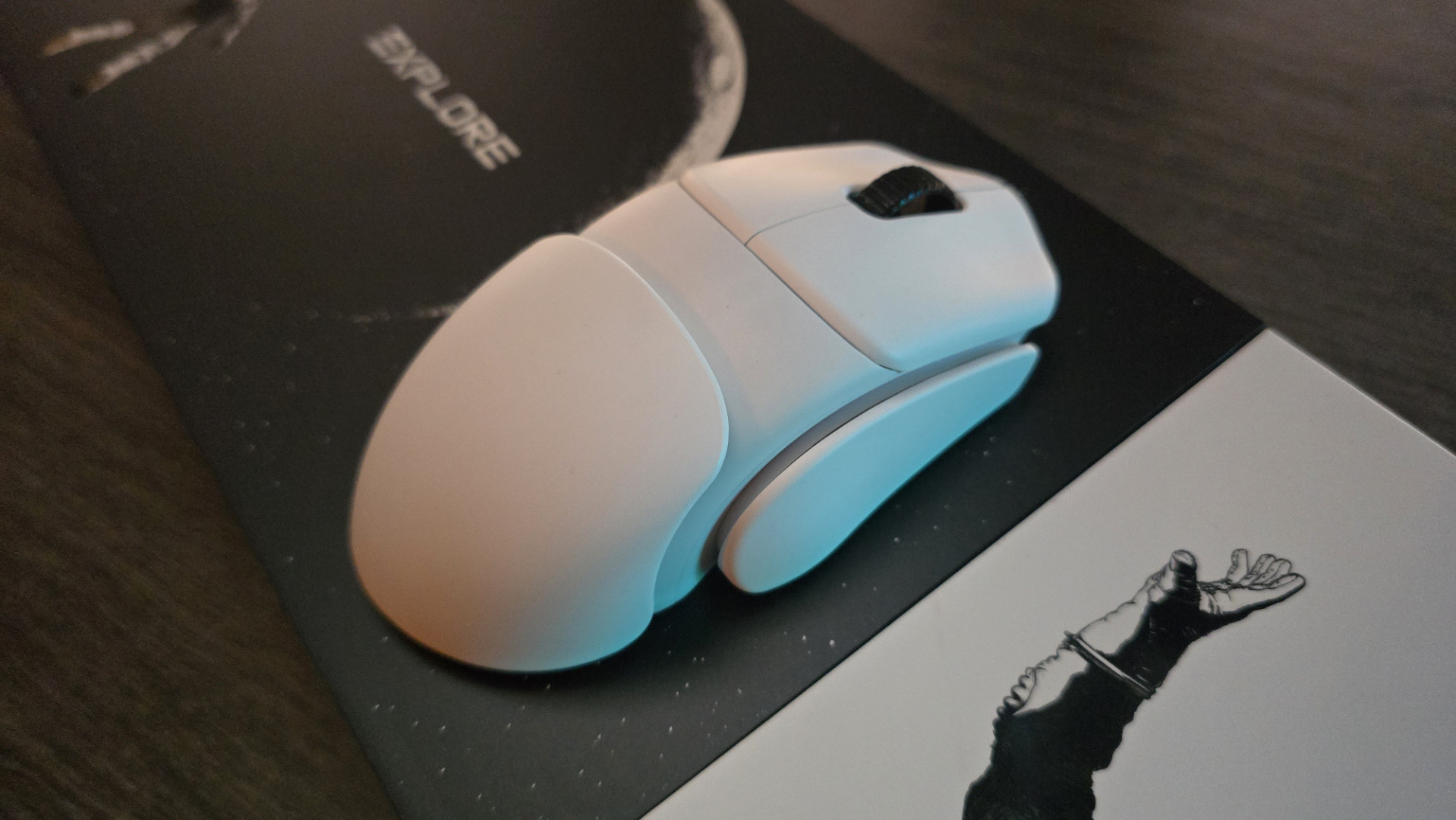Valve announces three new products: the Steam Frame, Steam Machine and Steam Controller
Good things come in threes?

Following on from the success of the Steam Deck, Valve is creating its very own ecosystem of products. The Steam Frame, Steam Machine, and Steam Controller are all set to launch in the new year. We've tried each of them and here's what you need to know about each one.
"From the Frame to the Controller to the Machine, we're a fairly small industrial design team here, and we really made sure it felt like a family of devices, even to the slightest detail," Clement Gallois, a designer at Valve, tells me during a recent visit to Valve HQ. "How it feels, the buttons, how they react… everything belongs and works together kind of seamlessly."
For more detail, make sure to check out our in-depth stories linked below:
- Steam Frame: Valve's new wireless VR headset
- Steam Machine: Compact living room gaming box
- Steam Controller: A controller to replace your mouse
Steam Frame: Valve's new VR headset
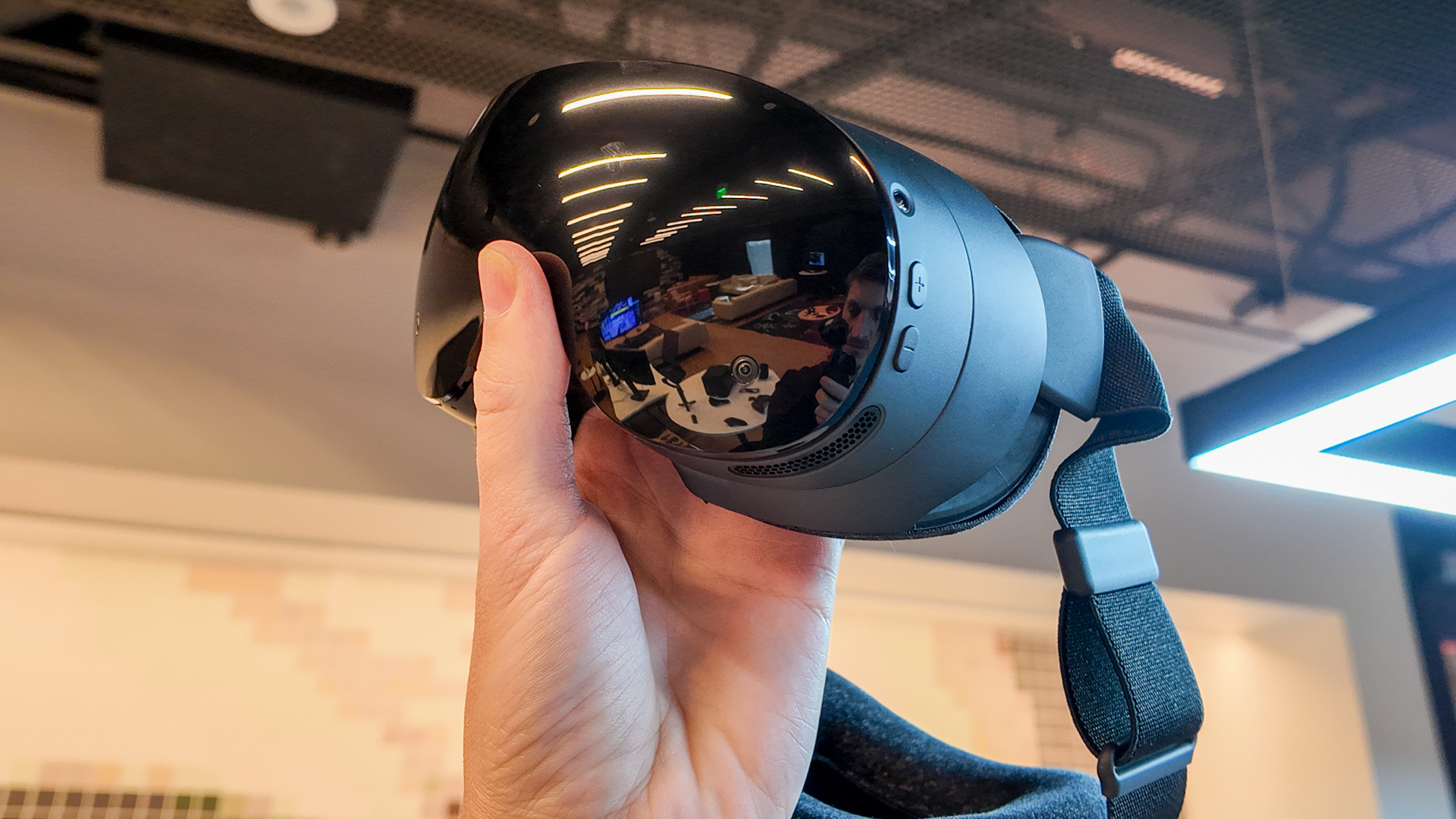
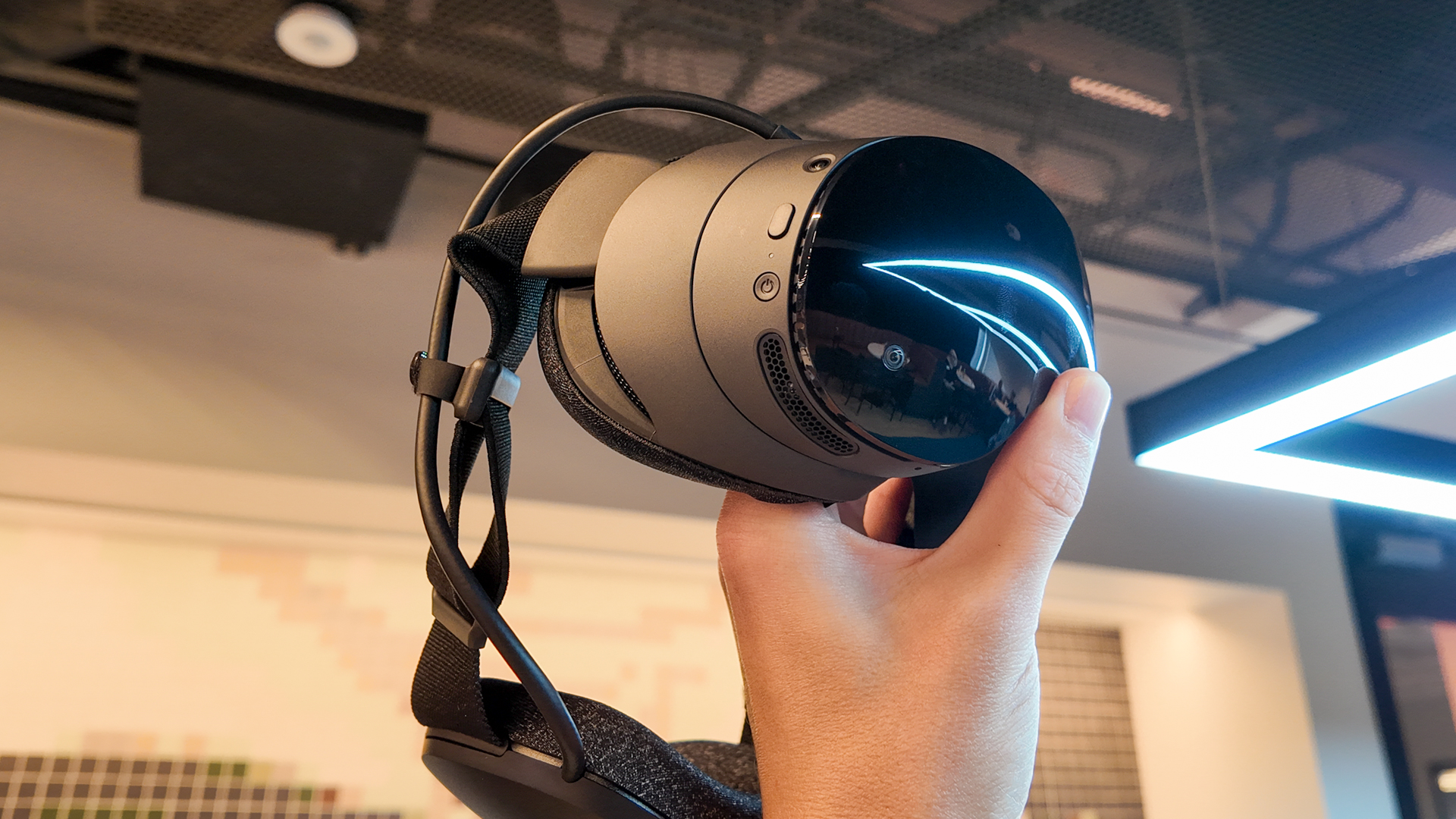
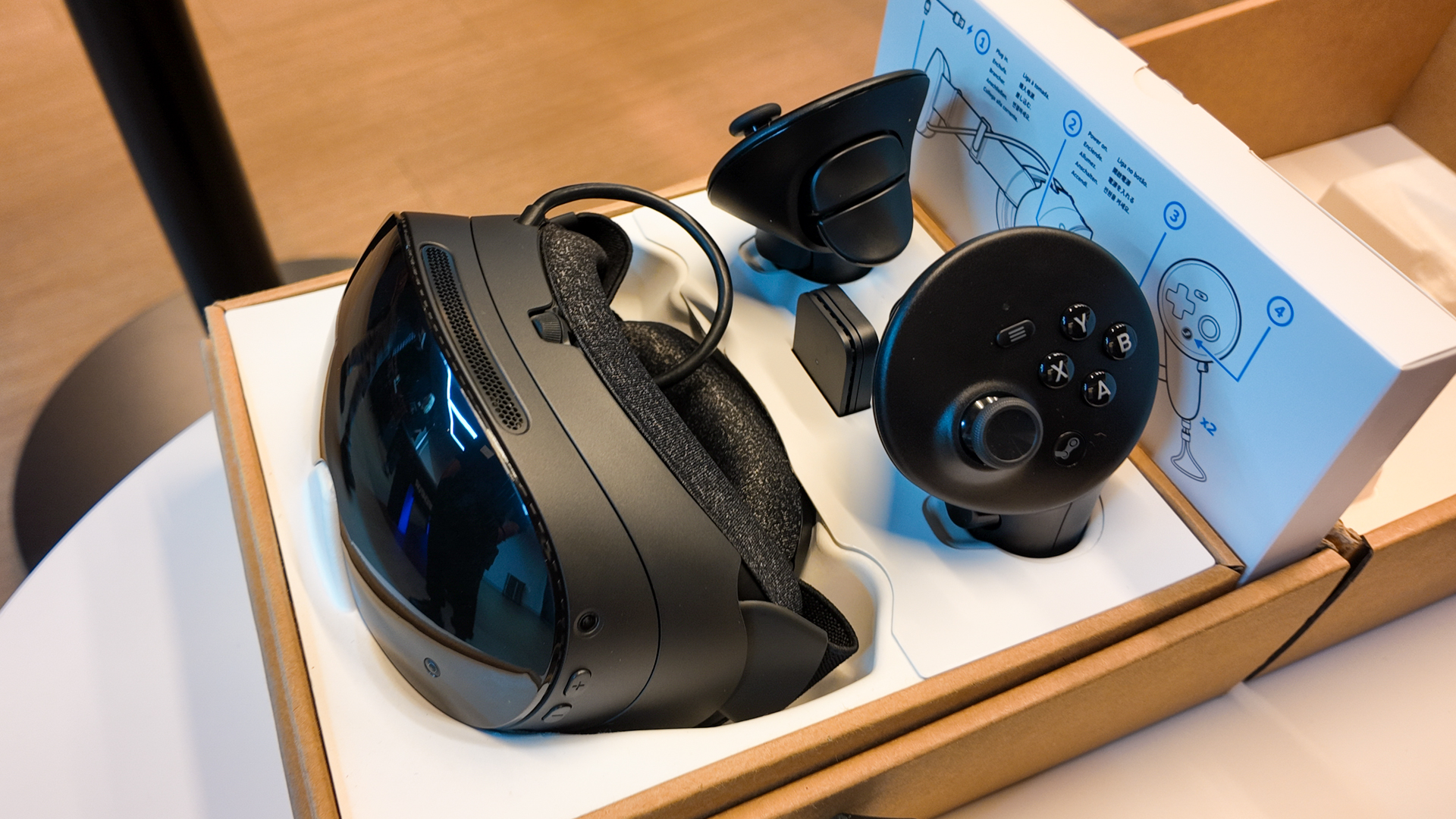

Key specs
- Optics: Pancake
- Resolution: 2160 x 2160
- Tracking: Inside-out
- FOV: Up to 110 degrees
- SoC: Qualcomm Snapdragon 8 Gen 3 (SM8650)
- RAM: 16 GB
- Storage: 256 GB / 1 TB
- Controllers: 2x Steam Frame Controller
- OS: SteamOS
- Weight: 435 grams
- Release window: 2026
- Price: TBC
The Steam Frame is a new VR headset. It's wireless and no longer requires a gaming PC in order to play a game. That's thanks to its onboard Snapdragon 8 Gen 3 processor and operating system, Valve's very own SteamOS. Though you can still connect it to a gaming PC using a dedicated 6 GHz dongle for high-fidelity PCVR—that's the bit I'm most excited about after trying the Steam Frame myself.
With an expanded resolution and new pancake lenses, the Steam Frame offers increased clarity and a more compact design compared to the Valve Index. It's also pretty slim and lightweight by more modern VR standards, extending only a few inches from the face and weighing just 435 grams.
- I've tried Valve's new VR headset: here's my Steam Frame hands-on.
The Steam Frame is significantly lighter than its predecessor. Similarly, it's lighter than the Quest 3 or Quest 3S, which I've weighed previously myself at 465 and 464 grams even without the straps.
Keep up to date with the most important stories and the best deals, as picked by the PC Gamer team.
Valve has been keen to point out that this is not called the Valve Index 2 for good reason. It's no longer just a PC accessory and gone is the clunky set-up process of the past. Valve has opted solely for inside-out tracking here. Four cameras on the outside of the Steam Frame track your surroundings and it can track you in the dark. It also offers eye tracking for both foveated rendering, use in social games, and a new feature called foveated streaming that Valve uses to lower bandwidth requirements over the Steam Frame's wireless connection.
The Steam Frame has a modular construction: the strap containing the battery, speaker system, and microSD card slot disconnects from the core module containing the processor, optics, and everything else.
There's also an expansion slot on the front of the headset for future mods or upgrades. This could be used for full-colour passthrough, which is missing from the Steam Frame and prematurely ends any hope of XR support with it, though nothing is being announced by Valve just yet.
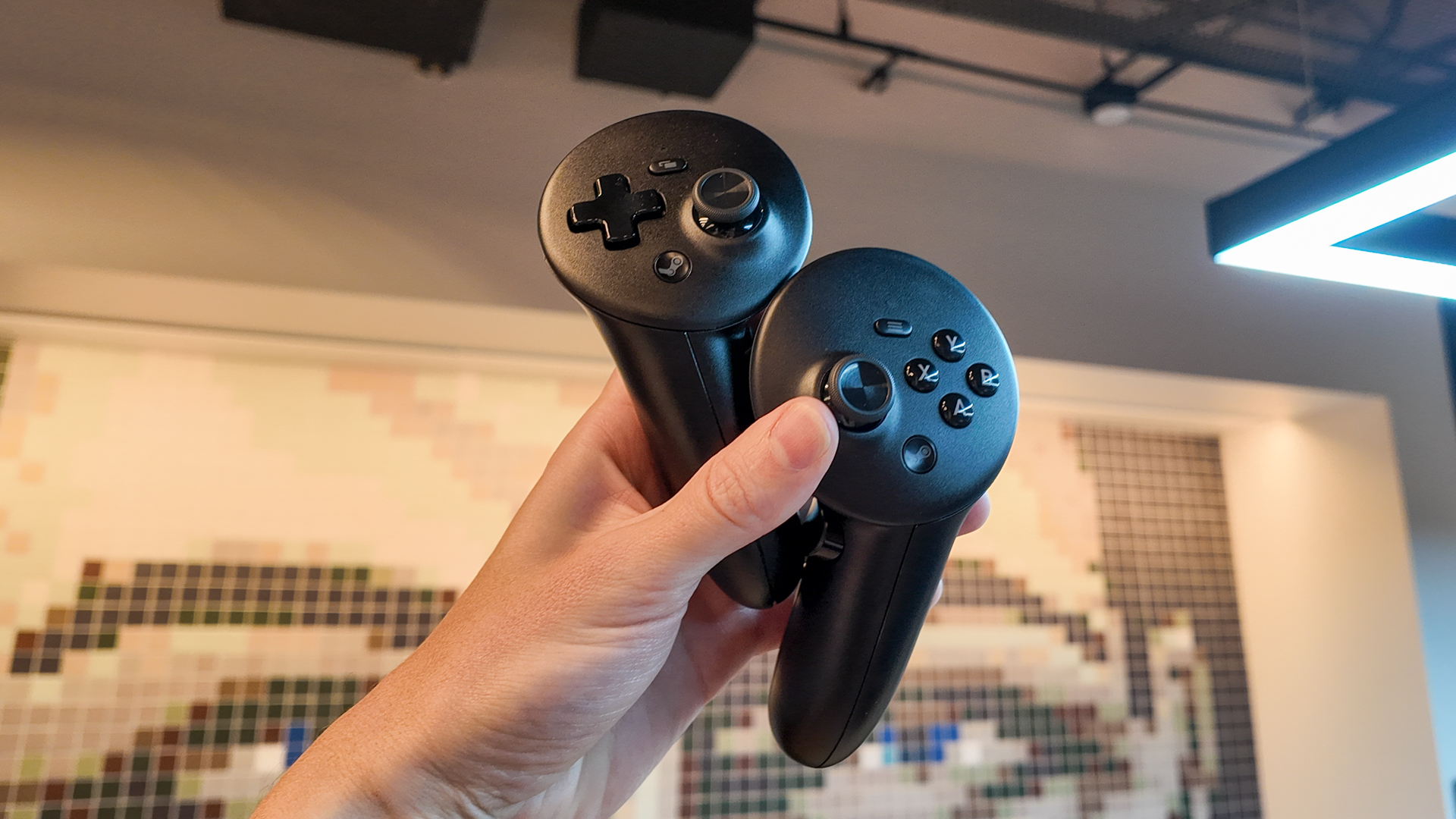
Designed for both VR and non-VR games, the Steam Frame has new controllers that are essentially a standard gamepad split down the middle. They look similar to the Quest 3's controllers, only with more buttons. They're capacitive, allowing for some degree of finger sensing, and powered by a single AA battery in each controller.
Much like everything else being announced by Valve today, the Steam Frame has no exact release date or price tag. All we know is it will launch sometime next year.
Steam Machine: Valve's new living room box
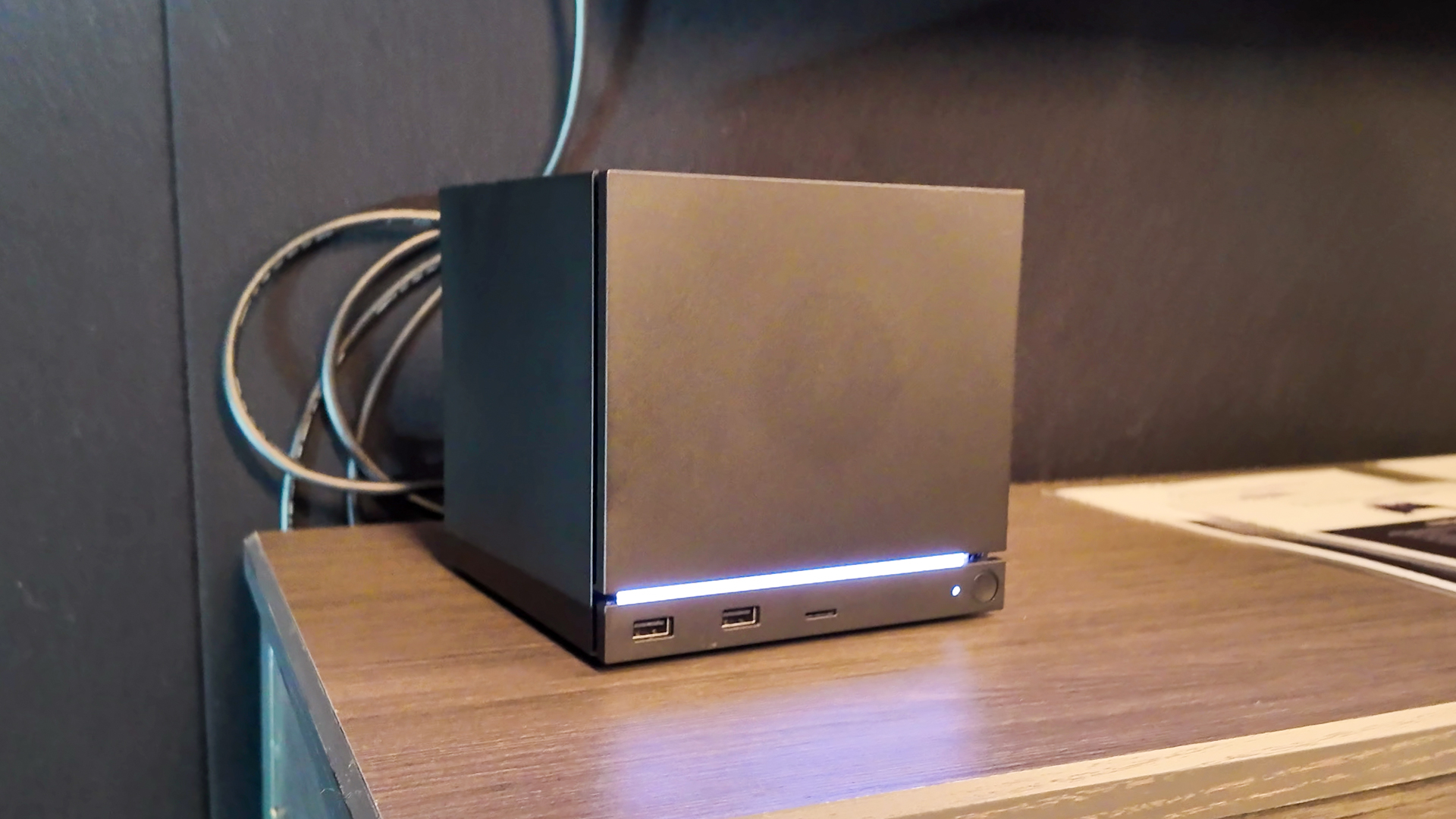
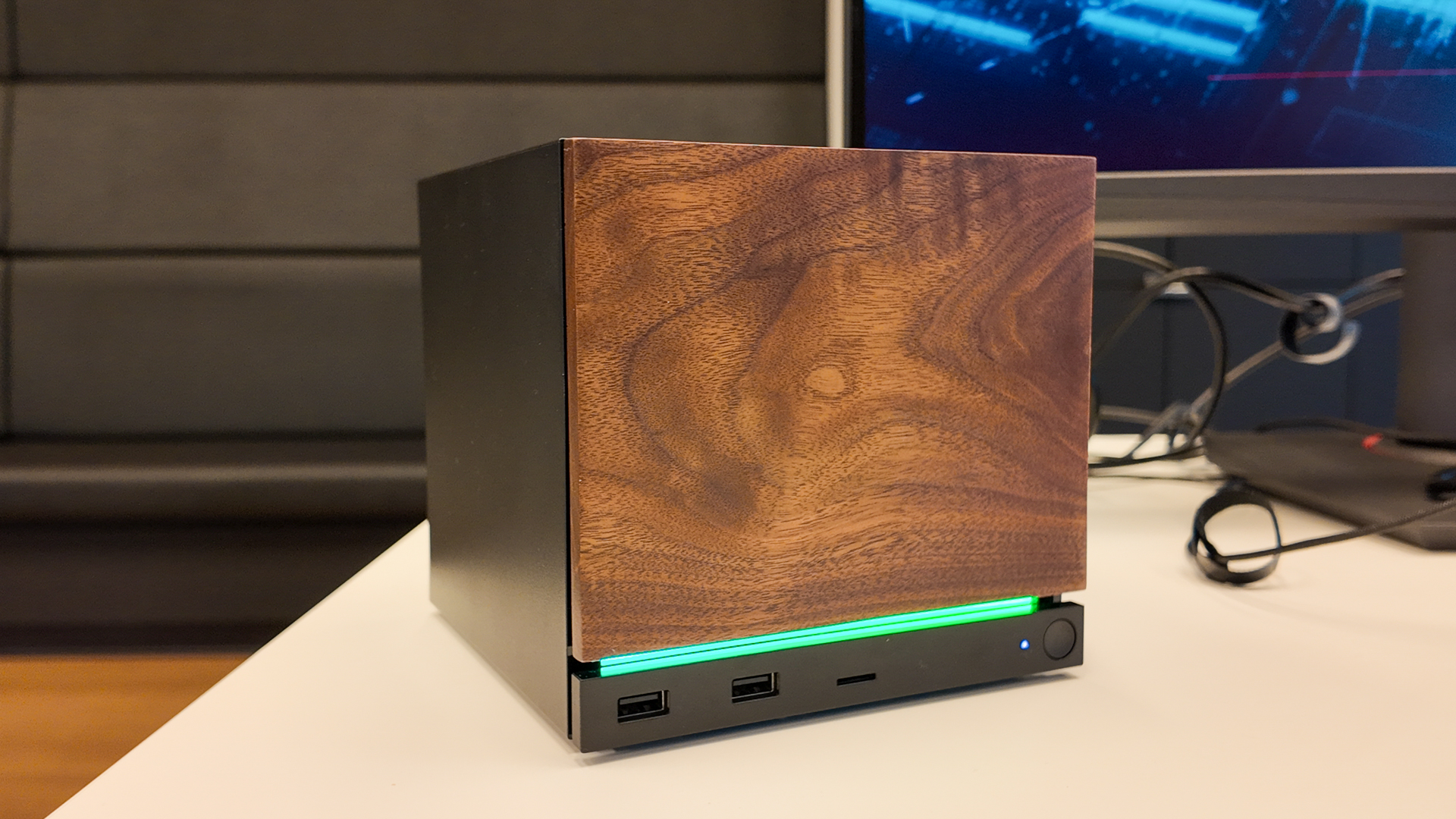
Key specs
- CPU: AMD Zen 4 (6-core)
- RAM: 16 GB
- GPU: Semi-custom AMD RDNA 3 (28 CU)
- VRAM: 8 GB
- Storage: 512 GB, 2 TB
- OS: SteamOS
- Release window: 2026
- Price: TBC
The Steam Machine is a natural follow-up to the Steam Deck. The low-power handheld proved that SteamOS works for PC gaming, and the Steam Machine is more of the same, only more powerful and less portable.
It has been designed to blend in and fit into a standard-sized shelving unit. It's a black cube, smaller than it looks in the pictures, and crams in a six-core AMD CPU and dedicated Radeon GPU. It uses a space-saving combination of single 120 mm fan and one sizeable heatsink. There's a slim selection of ports on the front and back, including USB Type-C, HDMI 2.0, and DisplayPort, and a microSD card slot to quickly move games between a Steam Machine, Deck, and Frame.
The six-core CPU and 28 CU GPU offer around six times more performance than a Steam Deck, according to Valve. The GPU is semi-custom, meaning it has no exact match in AMD's existing line-up, but it's roughly comparable to an RX 7400 in terms of shader cores, or an RX 7600M for both shader cores and clock speeds.
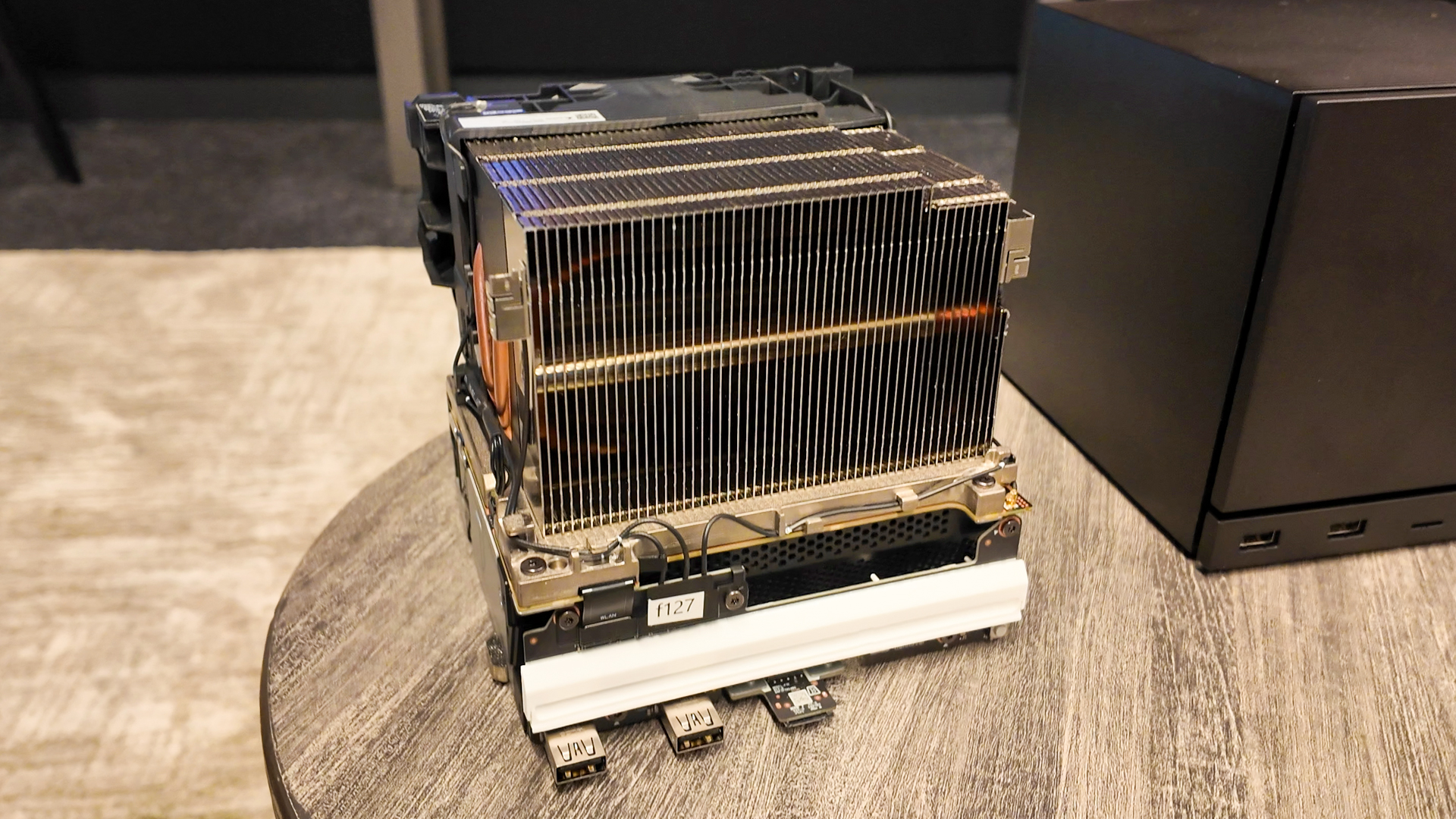
Through SteamOS, Valve is offering fast suspend and resume features to quickly load into where you left off from the comfort of your sofa. It's also designed to work with the new and improved Steam Controller—a dedicated antenna on the Steam Machine can connect up to four Steam Controllers.
Once again, we've no price or release date. Only a rough launch window sometime in the new year.
Steam Controller: Valve's controller to replace your mouse
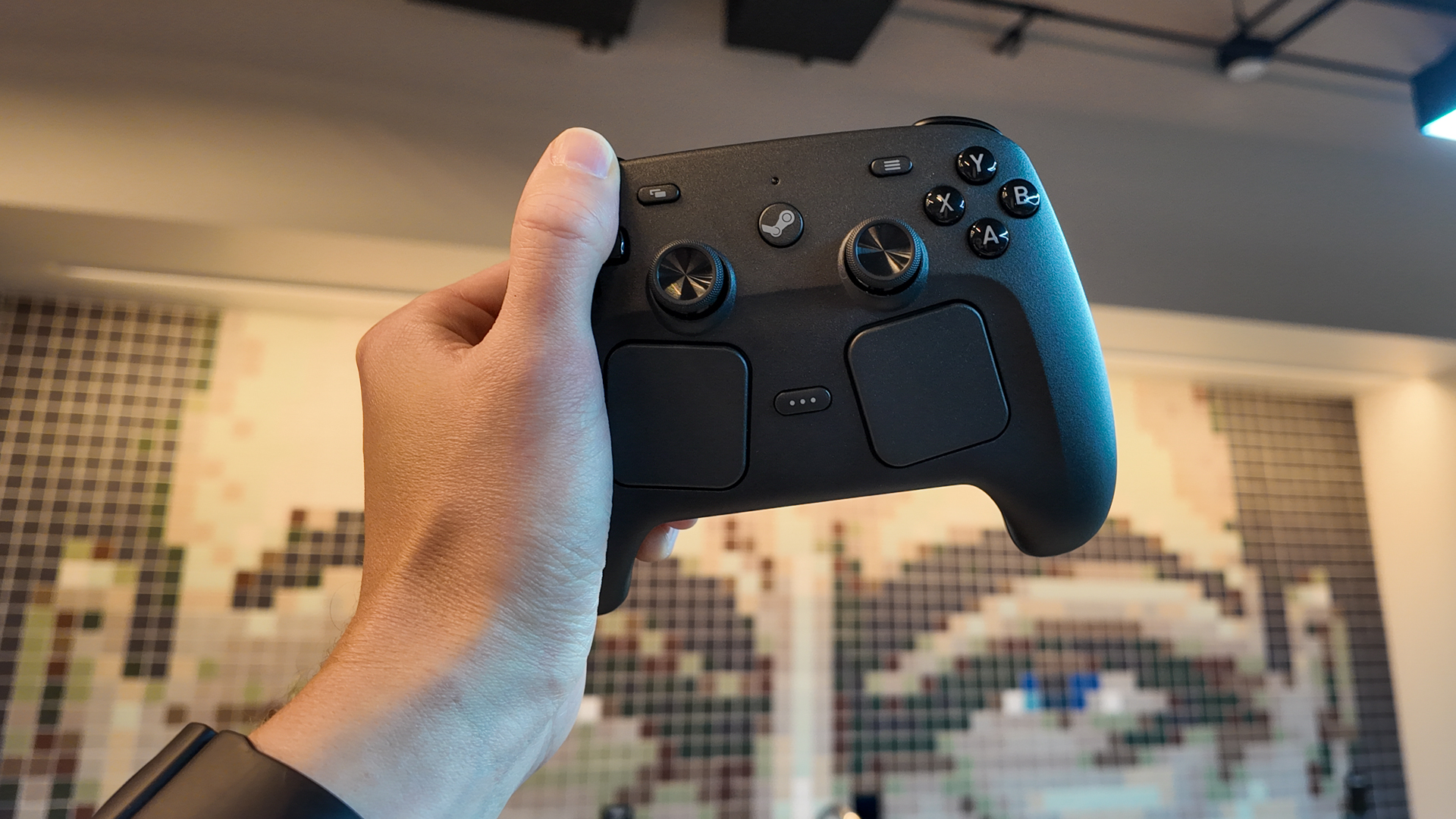
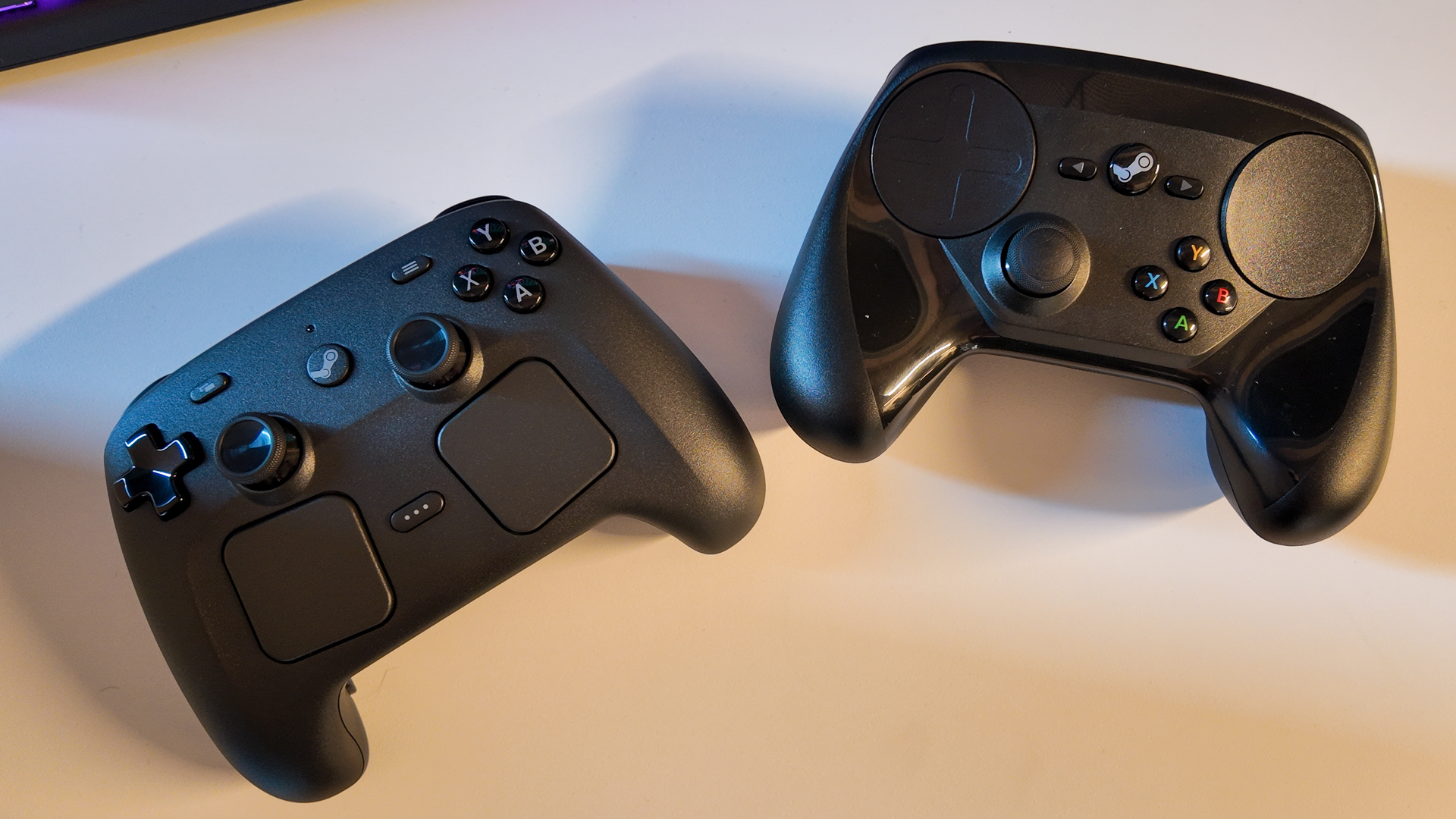
Key specs
- Thumbsticks: 2x TMR sticks
- Connectivity: 2.4 GHz (puck included), Bluetooth, wired
- Battery: 35+ hours
- Extra features: 2x trackpads, gyro controls
- Release window: 2026
- Price: TBC
The Steam Controller is designed to replace the need for a mouse when you're sat on a sofa or lounging in your gaming chair. This is Valve's second attempt at a Steam Controller, the first did not take off, but the company has learned its lessons.
There are two thumbsticks on the Steam Controller—yes, two. That's one more than last time, and importantly means that the Steam Controller is as much a 'standard' controller as any other. These thumbsticks use stick-drift resistant Tunnel Magnetoresistance (TMR) technology, too, which is an easy way into my good books.
Two trackpads sit beneath each of the thumbsticks. They're slightly angled for a more ergonomic design, but otherwise they're very similar to those included on the Steam Deck. That's really where Valve got its inspiration here, and I'm fine with that—the Steam Deck's control scheme is very good for gaming and navigating the desktop, and the same should be true of the Steam Controller.
What's more, the Steam Controller includes gyro controls. Using sensors that can tell when you're holding the controller, gyro controls let you move the controller around to move your mouse cursor. I've tried it out, and it's surprisingly easy to get to grips with.

The Steam Controller supports Bluetooth and a dedicated 2.4 GHz connection. The latter is provided via a 'puck' included in the box, able to connect up to four controllers simultaneously, and providing a low-latency connection. This puck also doubles as a charger for the controller, though you can plug in over the USB Type-C connection on the back if you prefer a tether.
Finally, and no surprises here, the Steam Controller has a rough release window of sometime in 2026 and no confirmed price as of yet.
Availability
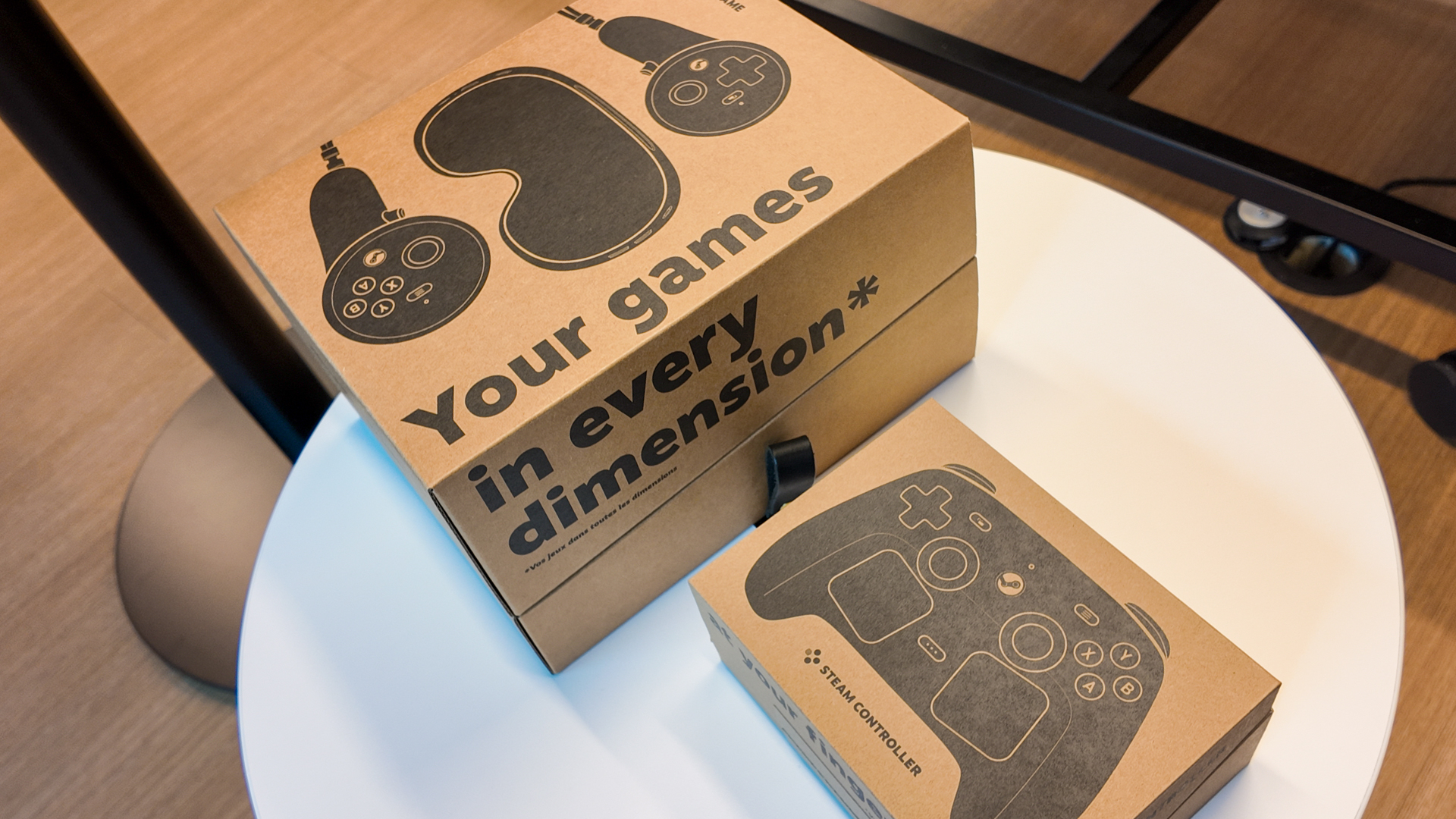
All three of Valve's new products will be available in the same regions as the Steam Deck at launch, and that includes any countries currently covered by Valve's official distributor Komodo.
That means, once available in the new year, we should see availability in the following countries:
- USA
- Canada
- UK
- Germany
- France
- Australia*
- Japan**
- South Korea**
- Taiwan**
- Hong Kong**
*Valve began shipping direct to Australia later than other countries
**Distributed by Komodo

The best PC gaming gear 2025
All our current recommendations











Jacob earned his first byline writing for his own tech blog, before graduating into breaking things professionally at PCGamesN. Now he's managing editor of the hardware team at PC Gamer, and you'll usually find him testing the latest components or building a gaming PC.
You must confirm your public display name before commenting
Please logout and then login again, you will then be prompted to enter your display name.
